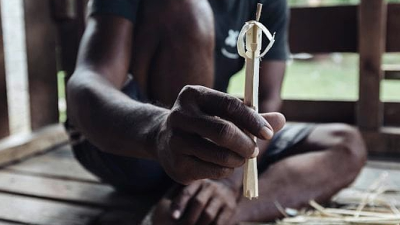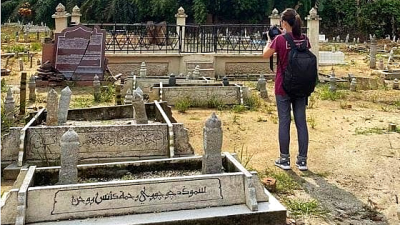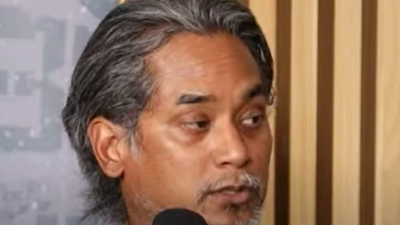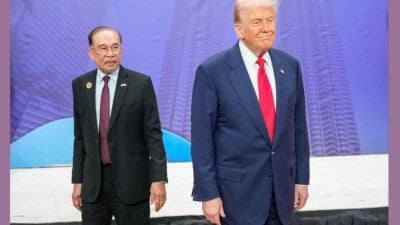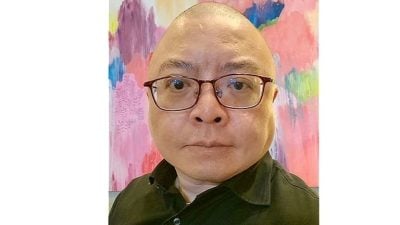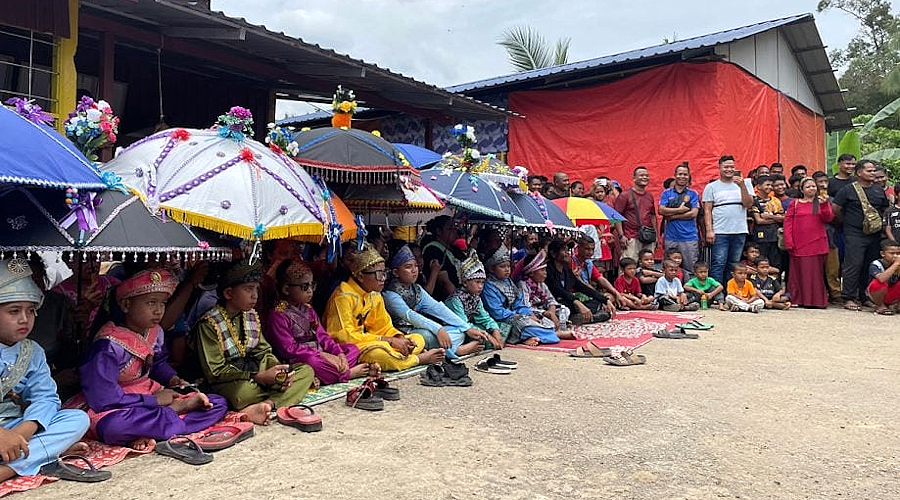
As a journalist, I was often reminded: “Do your homework thoroughly before heading out for an interview.”
But after the pandemic, the world has changed drastically. Video conferencing software replaced journalists’ feet, allowing us to connect with people all over the world from our offices.
No matter how distant or unfamiliar the interviewee, it seemed that with some online research and careful coordination, we could connect in the cloud.
This truly made me feel the power of globalization.
However, when I tried applying the same skills to indigenous topics, I was obstructed each time—where time costs are measured in years.
I first heard that the Jah Hut people had a coming-of-age ceremony in 2018.
A Malay friend told me they had an impressive circumcision ritual—boys would wear traditional Malay royal accessories and parade through the forest. But he added that this was just hearsay; he had never seen it himself.
I immediately searched online for keywords, but found nothing.
I turned to major libraries and managed to find a few books on the Jah Hut people, but none mentioned circumcision.
Refusing to give up, I turned to Facebook for a “deep search” and found a Jah Hut indigenous rights activist.
Coincidentally, she was scheduled to attend an event in Shah Alam on a certain date, so I created a rare “encounter.”
I thought I would finally catch a glimpse of the legendary ritual. But due to a moment’s carelessness, I only left her my number and forgot to get her contact info. The door was closed again.
In 2023, I helped a local TV station film a Jah Hut healing ritual, and once again set off on that familiar yet arduous search for people.
Finally, I found a clue in a book and, with the help of Colin Nicholas, a coordinator from the Center for Orang Asli Concerns, I met Jah Hut activist leader Shafie in Kuala Lumpur—who later became my good friend.
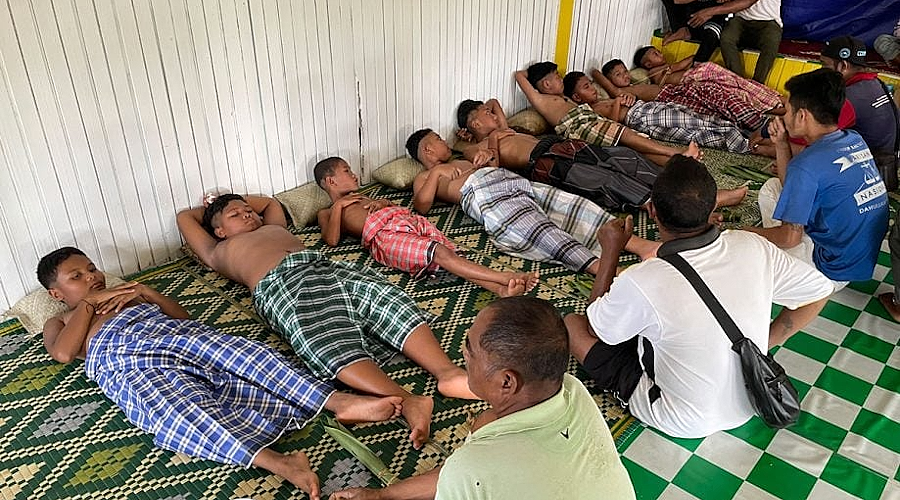
Five years of waiting for a century-old rite of passage
Since 2018, it was a five-year wait until I finally witnessed the Jah Hut circumcision ritual.
No one knew how excited I was at that moment.
As a rare visitor in the village, Shafie and other Jah Hut friends warmly welcomed me and eagerly shared their tribal history.
According to legend, the Jah Hut people believe they are descendants of a prince from Pagaruyung, Sumatra.
Over a hundred years ago, a prince who had mastered magic (ilmu kebal) failed his circumcision due to his tough skin. Ashamed, he fled to Pahang, where he met and fell in love with the daughter of the Jah Hut chief.
The prince never revealed his true identity.
Shortly after their marriage, the prince confessed everything to his father-in-law. He admitted giving up his religion and titles but only hoped his son could undergo the rite of passage as a prince.
Initially, the chief worried the circumcision might endanger the child and objected. However, he was eventually persuaded and believed it was a vital ceremony to build will power and purify the body and mind.
Since then, whenever the village had enough boys of age, they would dress them in royal attire, seat them on the shoulders of male relatives, and have elder women follow with ceremonial parasols.
The parade would proceed slowly, and to the beat of drums echoing through the forest, the group would visit ancestral graves to receive blessings before returning to the village for circumcision.
That day would resemble a royal celebration—not just a personal milestone, but a ritual for the whole tribe to remember and pass down.
However, the Jah Hut circumcision differs from traditional Muslim practice.
A shaman explained to me, “The Malay method involves full removal of the foreskin, but we just make a cut on the top of the penis to let it bleed—it’s symbolic.”
He laughed, saying he had never discussed these details with outsiders and admitted that women were traditionally not allowed to take part in certain parts of the ritual.
Strangely, the shaman, who claimed to read faces, suddenly whispered:
“I can see you’ve been through a lot and are very determined. That’s why we’re willing to let you witness the full ceremony.”
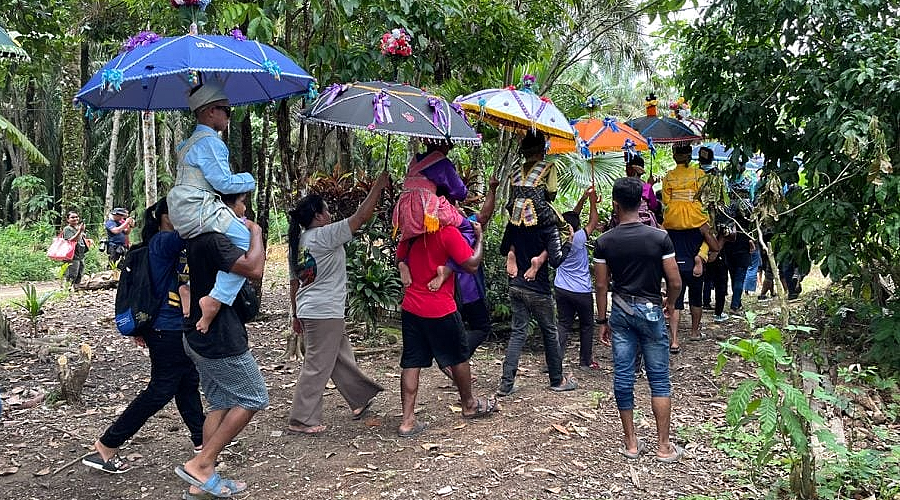
Pagaruyung: From the myth of conquest to tale of reunion
Of course, my curiosity didn’t end there. In fact, each layer of mystery unveiled led to more questions. For instance, where exactly is the mythical “Pagaruyung”?
So, I searched again and stumbled upon a new discovery.
Pagaruyung was the royal center of the Minangkabau kingdom. Since mid-14th century, when Adityavarman established his rule in the highlands of Sumatra, this palace not only served as a political core but also a symbol of sacred authority.
Historian Andaya noted that the Minangkabau royal family often sent descendants to distant lands (rantau), bearing magical decrees demanding obedience from locals—otherwise, they’d face supernatural consequences.
Such sacred rule narratives may have spread across the Strait of Malacca as early as the late 14th century, carried quietly by merchants and migrants, weaving themselves into the mythologies of the indigenous people on the Malay Peninsula.
For example, in the Semai tribe’s oral “true stories” (chermor), they believe they are the last descendants of Adam, originating from the sacred land of Mengkah, and migrating to Sumatra, Siam, Perak, and Malacca.
Among these, Pagaruyung is considered the first landing site.
Later-arriving Malays, being aggressive, forced them to relocate again.
Eventually, these indigenous groups reunited with their dispersed kin at Mount Ophir (Gunung Ledang), forming what is now known as the Temuan people—meaning “encounter” or “meeting.”
Clearly, in these myths, Pagaruyung is not a symbol of outsiders but rather the ancestral homeland of indigenous peoples.
The Minangkabau are seen as their descendants.
This narrative subtly reverses the mainstream power structure of history: the Minangkabau didn’t arrive as conquerors, but as people coming home.
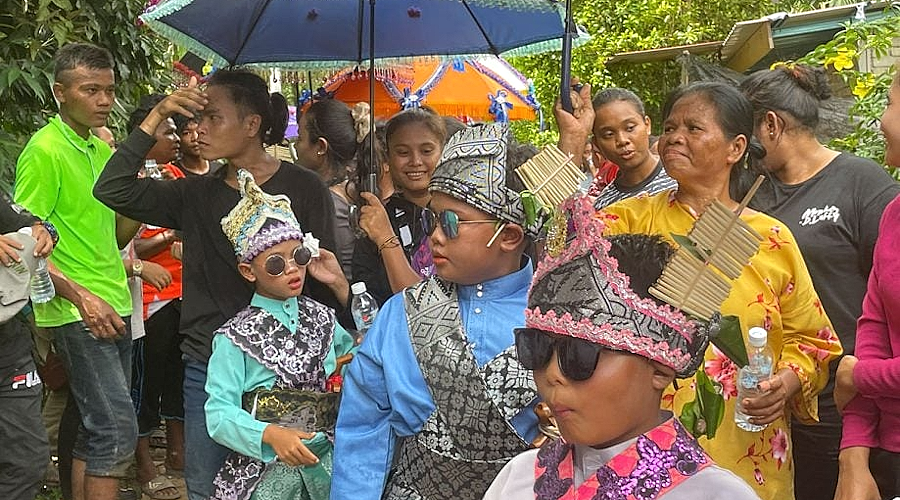
Human history begins with migration
As I was preparing to leave the Jah Hut village, a friend told me another ancient legend:
“Our ancestors once said that we and the Chinese both came from China.
“A long time ago, the Chinese came in a big ship (tongkang) to bring us back. They told us to keep our eyes shut while boarding, but someone opened theirs.
“The ship broke, and we could no longer go back. So, we stayed here, on the Malay Peninsula.”
Somehow, hearing this, I felt as if I had been swept into a deep current of history by the sea.
Despite being labeled as unnamed “others” (Dan Lain-Lain) under national governance, in the indigenous worldview, human history is never isolated.
Rather, it is formed through intertwined migrations—no one is truly an outsider, because we’ve already met in myth.
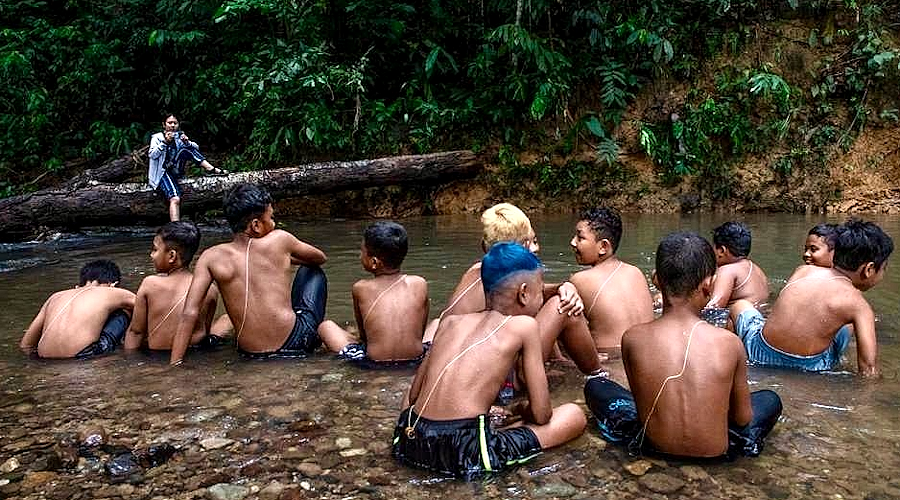
More on Echoes from the Forest
(Yi Ke Kuik is a Master’s student in Anthropology at National Taiwan University focusing on issues related to indigenous people in Peninsular Malaysia. Founder of myprojek04 photography initiative and writes for a column called Echoes from the Forest (山林珂普) in Sin Chew Daily, highlighting the photos and stories of indigenous people.)
ADVERTISEMENT
ADVERTISEMENT









